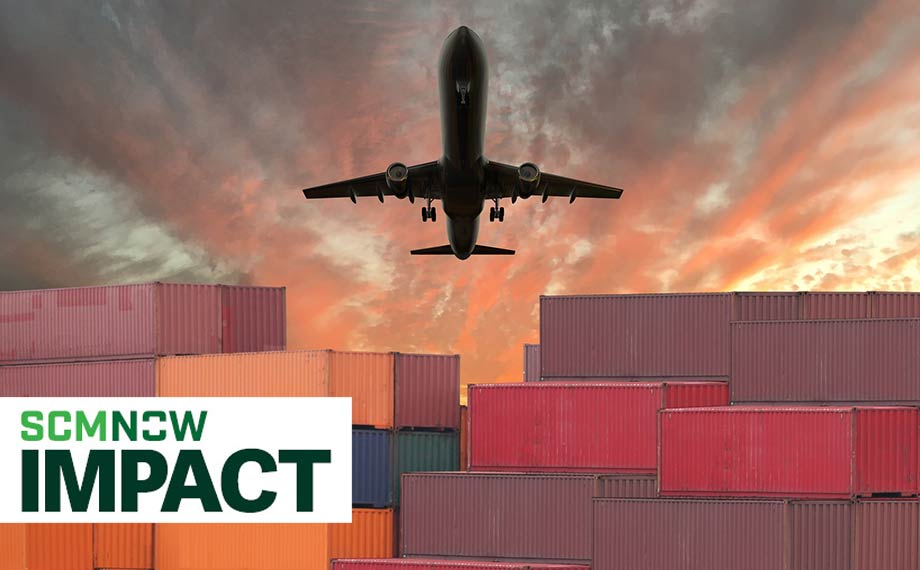As a community, supply chain professionals have been contemplating tariffs — their efficacy and their effects — for years. Of course, in 2024, as the U.S. presidential election was heating up, the topic became even more critical. When President Trump won, we imagined the potential for impact due to new tariffs with a keen sense of urgency, recalling the increased prices hefty tariffs caused during Trump’s first term. Now officially in office, he’s wasted no time proving that he’s serious about using tariffs to achieve a myriad of goals.
This week, the Trump administration took swift action: Across-the-board 25% tariffs were levied on our neighbors and allies, Canada and Mexico, last Saturday — only to be walked back on Tuesday, when an apparent deal was reached with the respective presidents to increase drug enforcement and reduce the number of migrants. Despite the abrupt turnaround this week, it’s unclear when and how tariffs will be reinstated when the 30-day suspension is over.
To investigate how the tariffs will affect supply chains, ASCM held a LinkedIn Live event with Executive Vice President Douglas Kent, supply chain thought leader Alastair Charatan and myself, which included a real-time Q&A. We had a vibrant discussion in the comments during the event, so here I'd like to address as many points as possible. They include questions about which industries might prioritize nearshoring, strategies for managing disruption, applying process changes to help mitigate effects, political and economic tensions, and more. (For anyone who couldn’t attend, watch the full recording of discussion online now.)
As Kent noted, industries that will be hit hardest by these tariffs include manufacturing, retail and agriculture. He also said that automotive companies should be concerned, as the volume of materials used in production — such as electronics built in Mexico — come predominantly from outside the United States. Unfortunately, these parts can’t just be “switched on a moment’s notice,” Charatan explained, because they “may be safety-critical or specialist technical parts.” In addition, a significant amount of lumber is imported from Canada, Kent went on to say, affecting construction especially. Both experts agreed that the costs will most likely be passed on to consumers, not suppliers.
Meanwhile, nearshoring production to both Mexico and Canada had lately been a goal of American companies in order to avoid overreliance on China. Those businesses that have made the good-faith effort to move production in recent years also may be at risk. But as I shared during the discussion, we need to further invest in infrastructure and talent in the United States to support increased manufacturing capacity and capability.
The 10% tariffs on China remain in place for now, leading to “a burst of retaliatory measures” targeting U.S. goods and companies, The Wall Street Journal reports. China “imposed 15% tariffs on U.S. coal and liquefied natural gas imports, while raising levies on crude oil, agricultural machinery and certain vehicles.” However, economists quoted in the Journal point out that China’s reaction is “high on symbolism, low on actual dollar impact” because the tariffs are quite narrowly applied.
“Trump has signaled that his approach to negotiations is to keep friends and foes alike off balance,” notes NBC News. In the face of the uncertainty of future tariff hikes, companies need to adopt solid strategies to avoid disruption in their networks.
An ongoing discussion
For more on this wide-reaching topic, register for the upcoming webinar Optimizing Sourcing and Supplier Relationships in a Tariff-Risk Landscape with global trade expert Tom Cook. He’ll provide a comprehensive overview of strategic sourcing and supplier management within the evolving context of tariff mitigation. And further your expertise by earning ASCM's Supplier Relationship Management Certificate. You'll gain essential knowledge and best practices that will enable you to transform your supplier relationships into true competitive advantages.



